In the world of modern supply chain management, efficiency and accuracy in warehouse operations are critical for businesses striving to stay competitive. To address these challenges, SAP Extended Warehouse Management (EWM) on S/4HANA has emerged as a powerful solution. What’s even more intriguing is the inclusion of gamification principles into these systems, transforming the way warehouses are managed and optimized.
Gamification: Transforming Work into Play
Gamification involves the application of game-like elements in non-game contexts to engage and motivate users. By tapping into people’s innate desire for achievement, competition, and rewards, gamification can be a valuable tool for enhancing workplace productivity and satisfaction. When applied to warehouse operations, it can revolutionize how tasks are performed, making them more engaging and efficient.
SAP Extended Warehouse Management (EWM) on S/4HANA: A Powerful Foundation
SAP EWM on S/4HANA is a comprehensive solution that offers end-to-end visibility and control over warehouse operations. It covers everything from inbound and outbound processes to inventory management and workforce optimization. With its real-time analytics and integration capabilities, EWM helps businesses streamline their supply chain and make informed decisions.
In addition to core functionality, SAP offers a variety of technologies and tools that can be leveraged for gamification in warehousing operations when using SAP EWM on S/4HANA. Here are some of the key tools that can be used:
- SAP Fiori: SAP Fiori is a user experience (UX) design approach that provides a consistent and intuitive user interface across different devices. It can be used to create gamified interfaces for warehouse employees, making tasks more engaging and visually appealing.
- SAP Cloud Platform: SAP Cloud Platform provides a range of services that can be utilized for gamification. This includes services for creating interactive dashboards, leaderboards, and integrating with external systems to gather data for gamification purposes.
- SAP Leonardo: SAP Leonardo is a digital innovation system that incorporates emerging technologies like IoT, machine learning, and blockchain. These technologies can be employed to gather real-time data from warehouse operations, which can then be used to design gamification elements based on performance metrics.
- SAP Analytics Cloud: This cloud-based analytics solution allows you to create interactive and visually appealing dashboards to display key performance indicators (KPIs), leaderboards, and progress charts. It’s an effective way to provide real-time feedback to warehouse employees and foster healthy competition.
- SAP Mobile Platform: If you want to extend gamification to mobile devices, the SAP Mobile Platform can help create mobile apps that employees can use to access gamified tasks, challenges, and rewards on the go.
- SAP RF Framework: The RF Framework is a core component of SAP EWM that enables wireless communication between the warehouse management system and handheld devices or mobile terminals. MOBGUI is a new technology available in SAP EWM starting with S/4HANA 2022 that enables users to modify and simplify the end user experience on RF devices.
- SAP Business Rules Management: This technology allows you to define complex business rules and logic. It can be used to implement the rules for gamification, such as determining when points are earned, what constitutes a completed challenge, and when rewards are granted.
- Integration with SAP SuccessFactors: If your organization is using SAP SuccessFactors for human capital management, you can integrate it with EWM and gamification elements. This integration can help align employee performance, training, and development with gamified warehouse tasks.
- Custom Development: Depending on your specific gamification requirements, you can develop custom applications using SAPUI5 (SAP’s web development toolkit) to create interactive and gamified interfaces tailored to your warehouse operations.
It’s important to note that while SAP provides various tools and technologies for creating gamification in warehouse operations, the implementation will require careful planning, development, and testing to ensure that the gamification elements are effective, meaningful, and aligned with the goals of the warehouse and the organization as a whole. Additionally, the specific technologies used may vary depending on the version of SAP EWM and other software components you are using.
Introducing Gamification: Practical uses for Warehouse Operations with SAP EWM
The introduction of gamification into SAP EWM takes warehouse operations to the next level. Here’s how it works:
- Task Completion Challenges: Traditional warehouse tasks like picking, packing, and restocking can be turned into challenges or quests. Employees can earn points, badges, or rewards for completing tasks within a stipulated time frame or with exceptional accuracy.
- Leaderboards and Competition: A live leaderboard can be displayed on screens in the warehouse, showing the top performers based on various metrics. This healthy competition can spur employees to put in extra effort and strive for excellence.
- Skill Development and Progression: Gamification can include a skill development aspect. As employees gain experience and expertise in different tasks, they can unlock higher levels or gain access to more complex operations.
- Real-time Feedback: Immediate feedback is a cornerstone of gamification. Employees receive instant feedback on their performance, allowing them to make adjustments and improve in real time.
- Rewards and Recognition: Rewards need not be monetary; they can range from a “Employee of the Month” title to additional break time or the privilege to choose preferred shifts. These rewards not only motivate individuals but also foster a sense of camaraderie among the team.
Benefits of Gamification in Warehouse Management
- Increased Engagement: Gamification makes routine tasks exciting and challenging, leading to higher engagement levels among employees.
- Enhanced Productivity: Motivated employees tend to work more efficiently and accurately, leading to increased productivity.
- Reduced Training Time: With gamified training modules, new employees can learn the ropes faster and start contributing to operations sooner.
- Data-Driven Insights: The gamification system generates data on performance and trends, which can be leveraged to identify areas for improvement.
- Employee Satisfaction: Feeling recognized and rewarded for their efforts contributes to higher job satisfaction and lower turnover rates.
Conclusion
SAP EWM on S/4HANA brings a new dimension to warehouse management, and its integration with gamification principles elevates it further. By infusing elements of challenge, competition, and reward into everyday tasks, businesses can create a work environment that fosters engagement, productivity, and continuous improvement. As technology continues to evolve, embracing innovative solutions like gamification could be the key to unlocking the full potential of warehouse operations.
By partnering with My Supply Chain Group, you can leverage our expertise in warehouse operations and SAP Extended Warehouse Management on S/4HANA to seamlessly introduce gamification into your SAP EWM operations or implementation, maximizing its benefits for your business.
 Blog Post by:
Blog Post by:
Wes Marion Sr.
Sr. Director, Business Development & Innovations



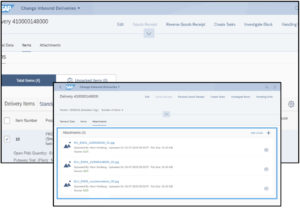
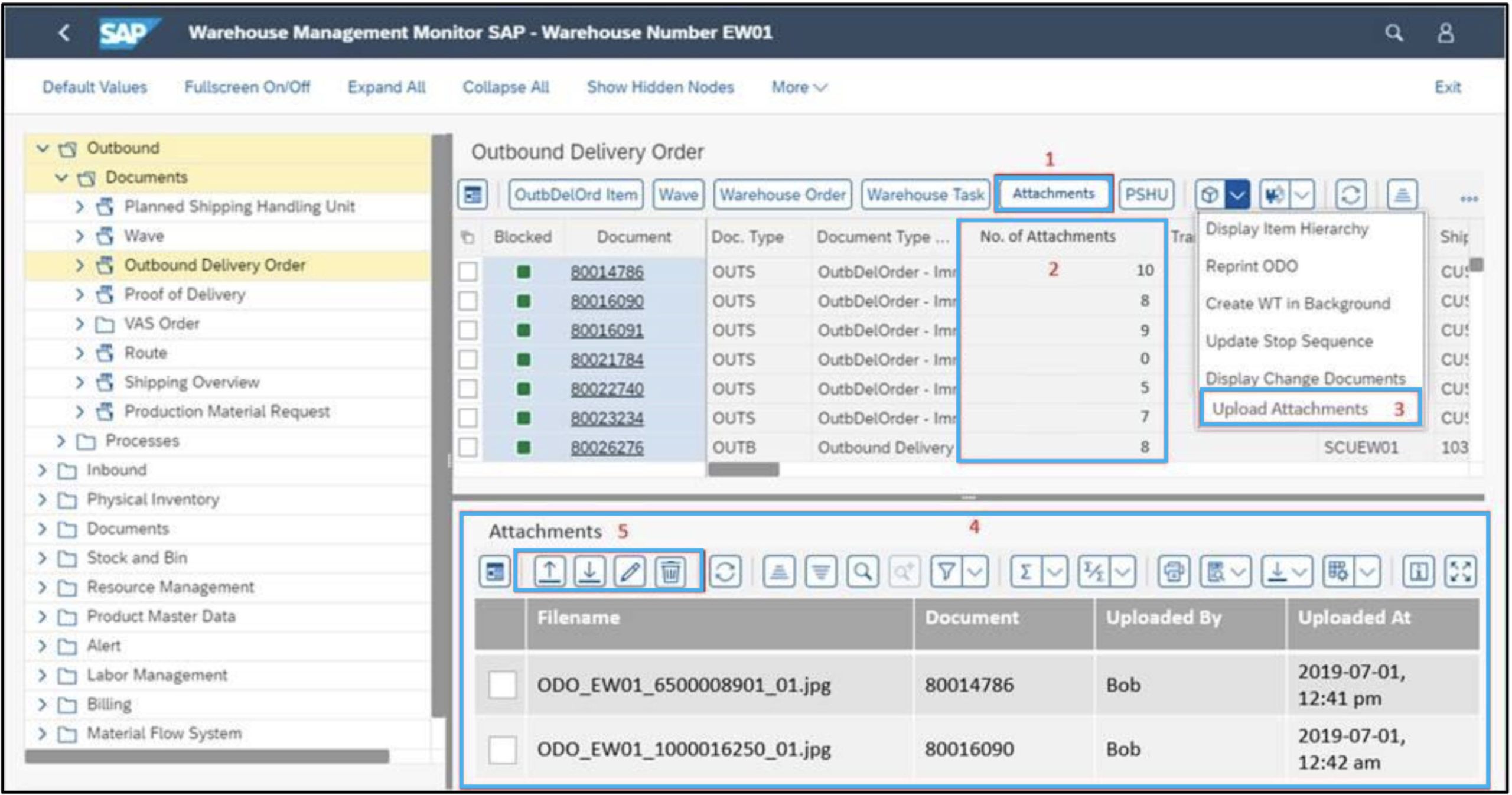
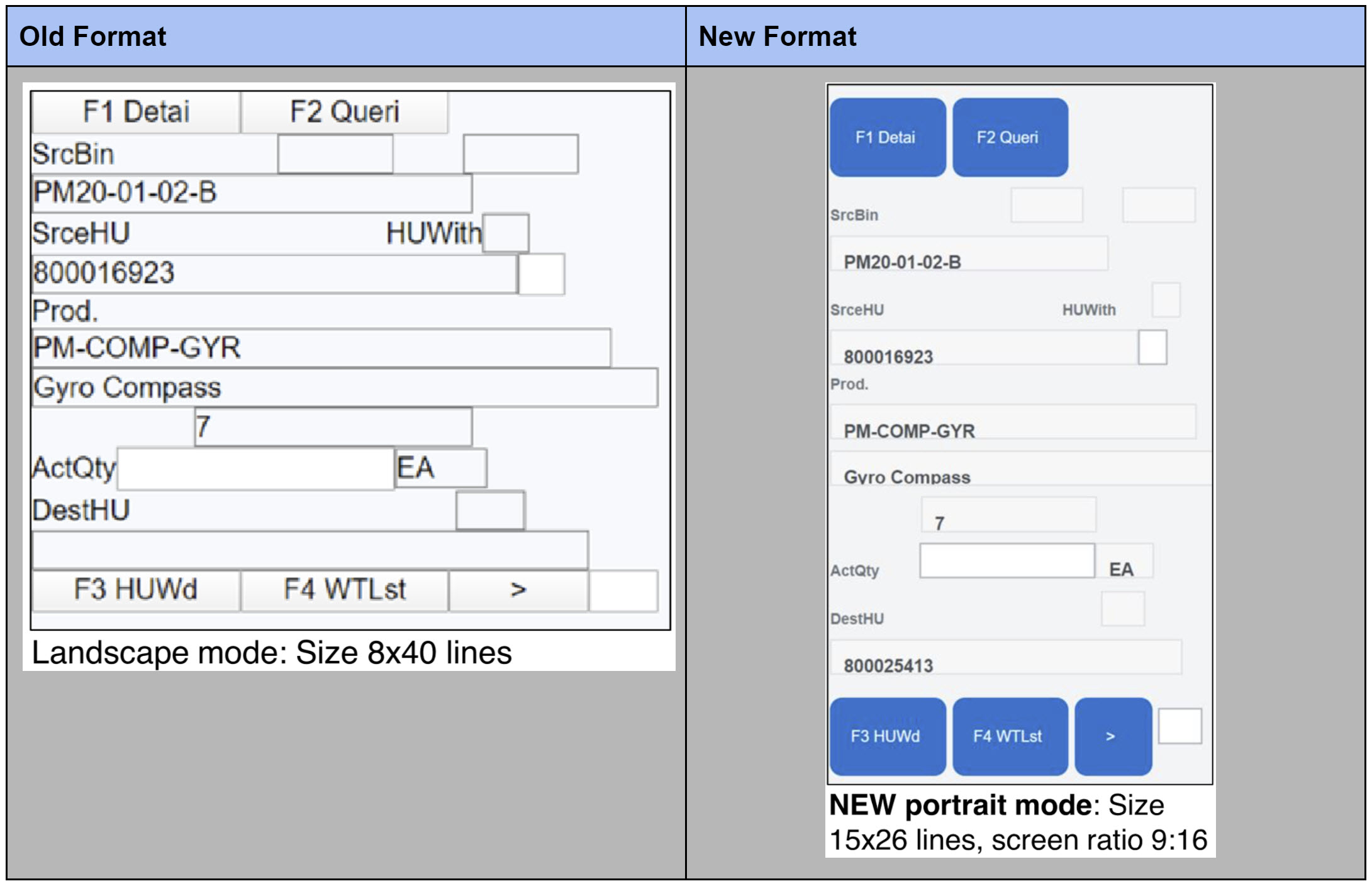
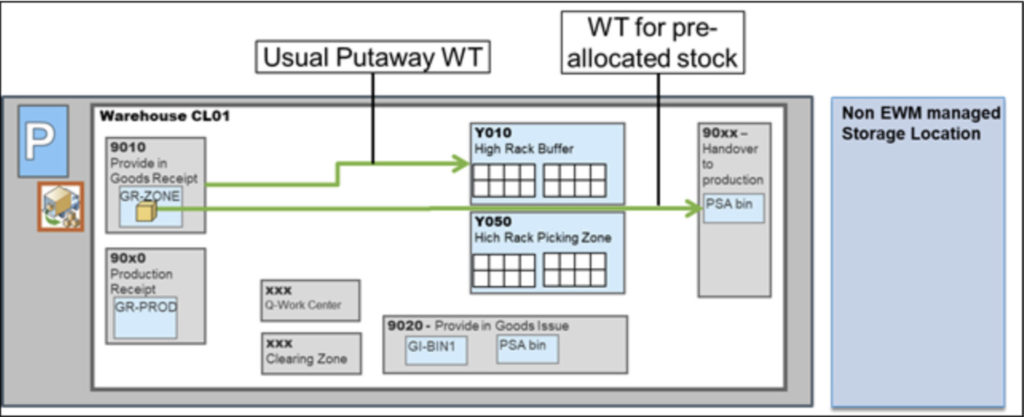
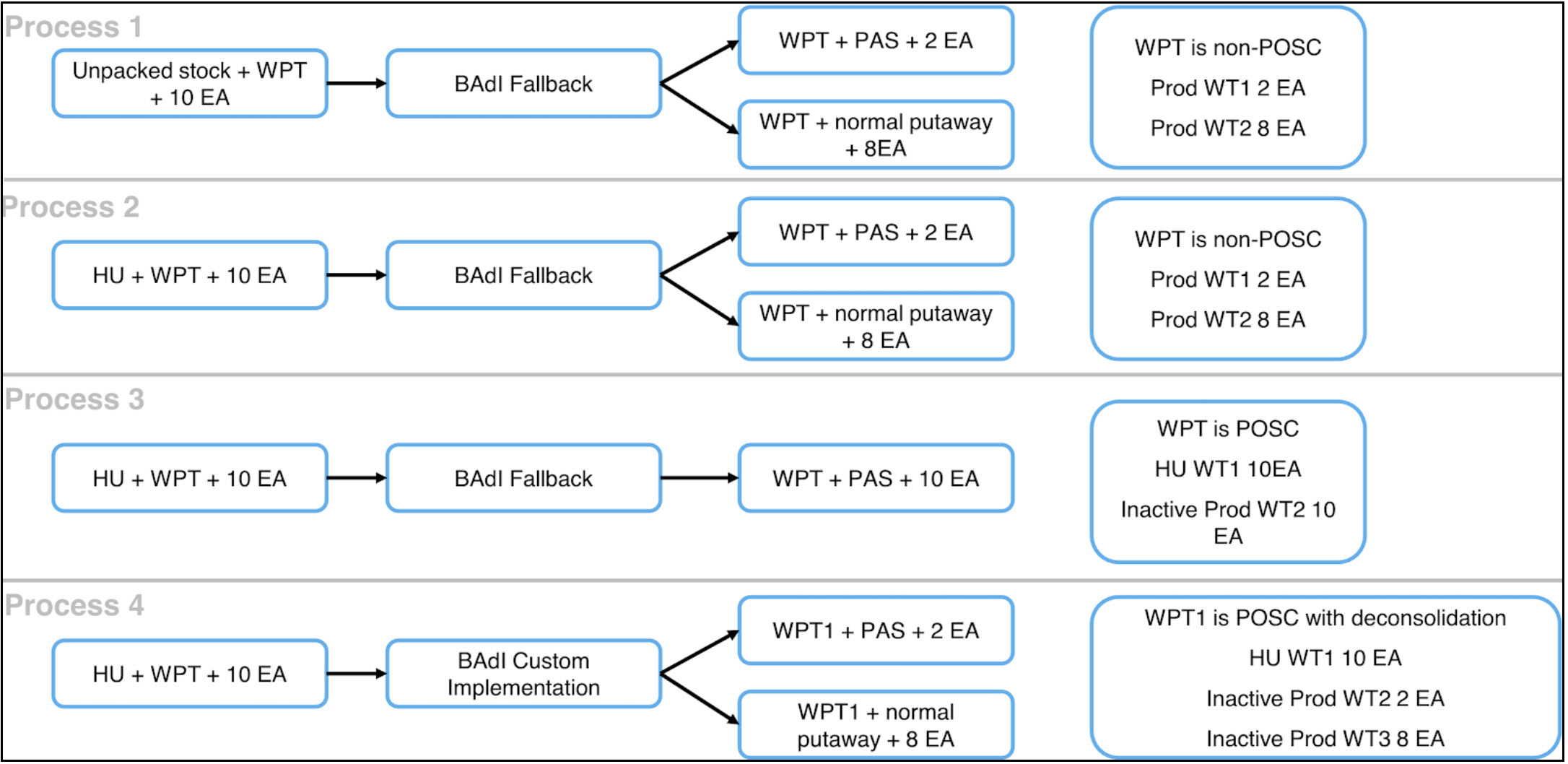
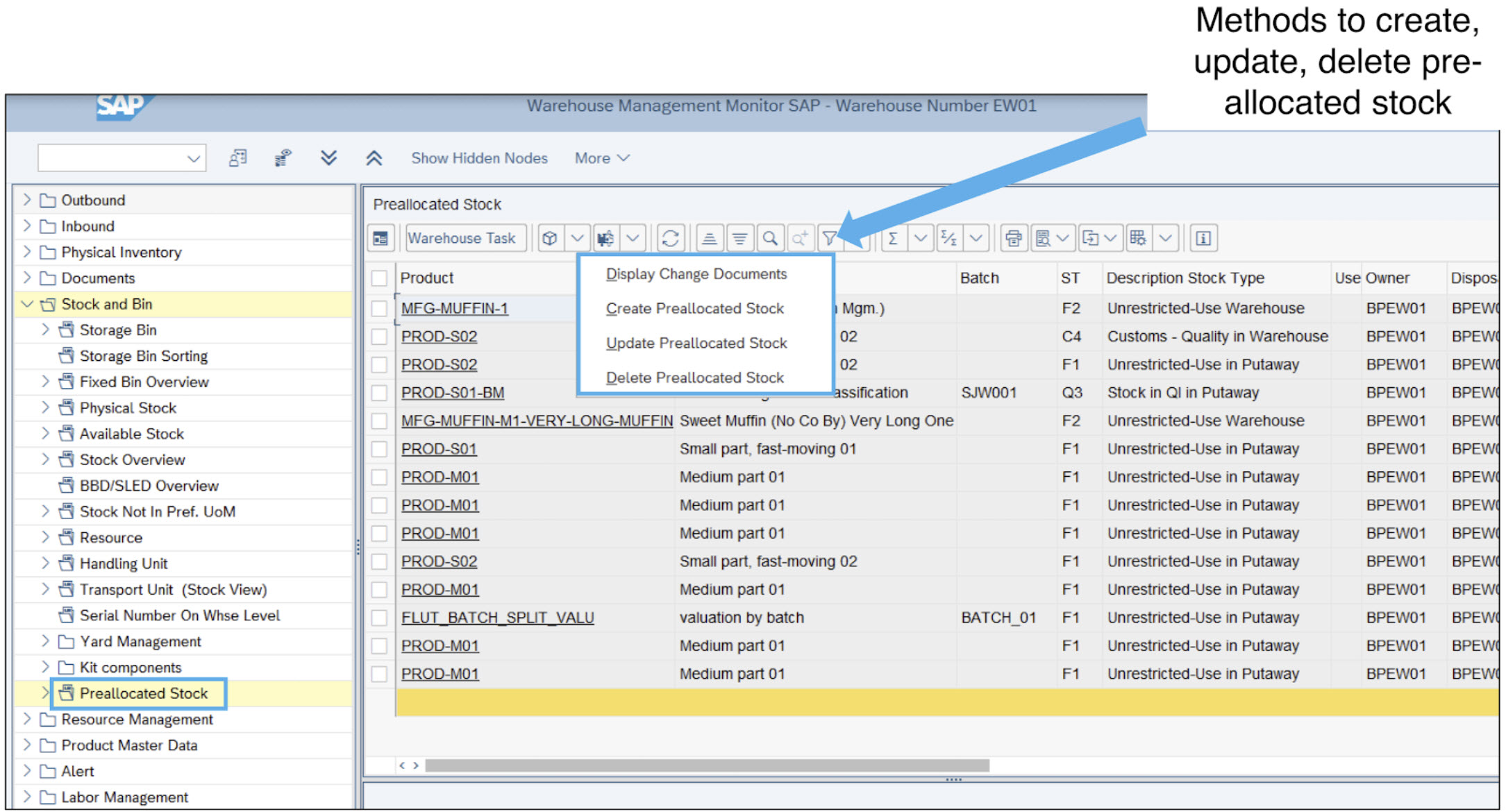
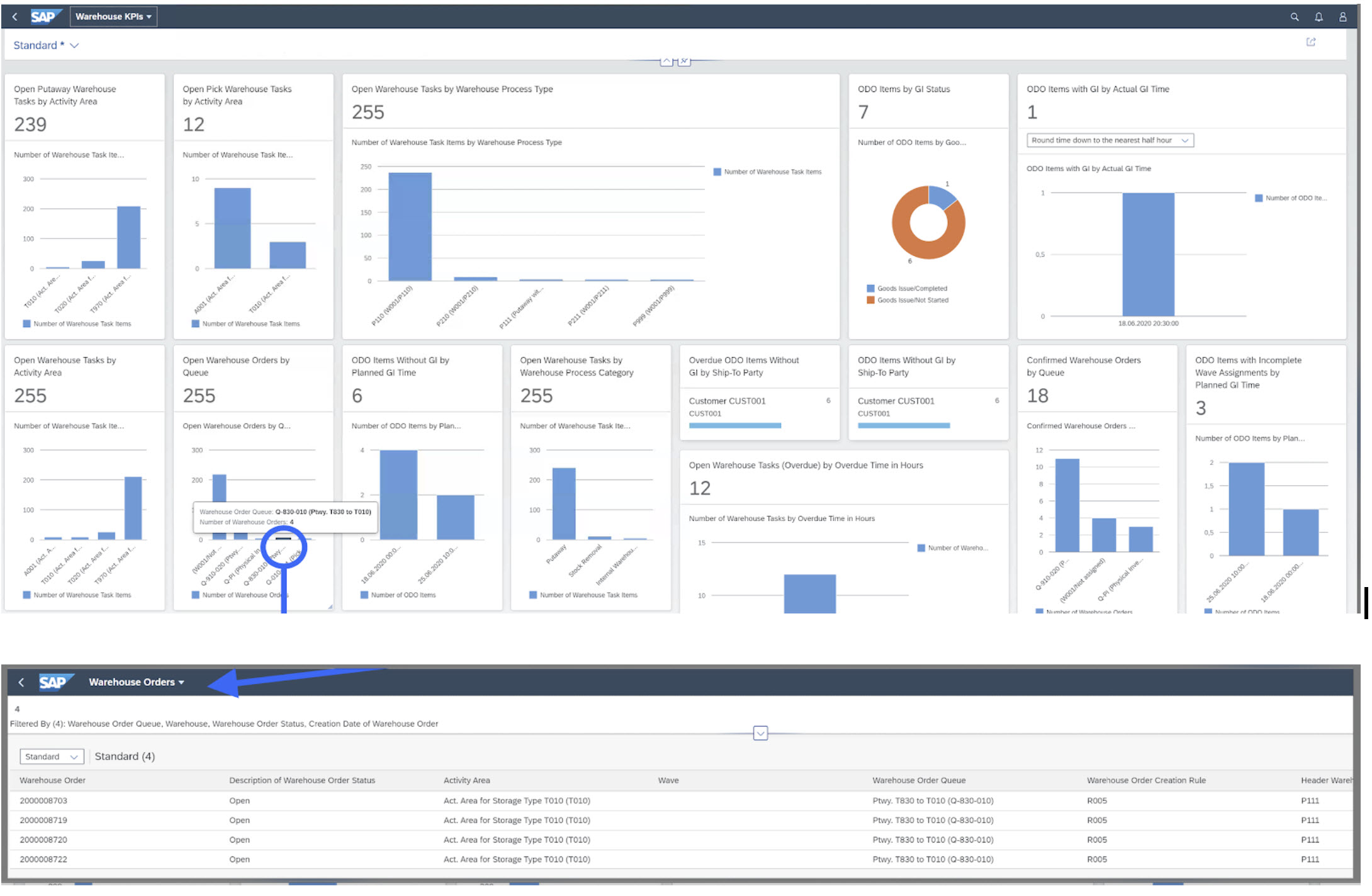

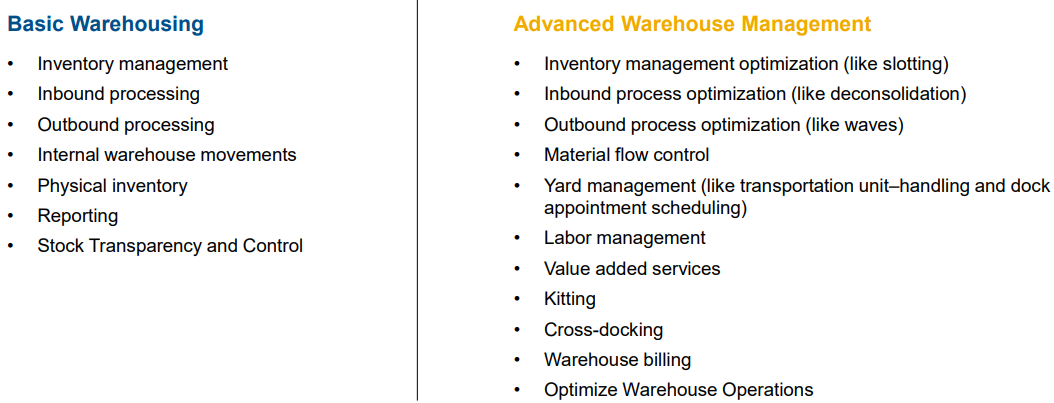

 alone EWM on S/4HANA. The first version of stand alone EWM on S/4HANA is scheduled to be released next month, May 2019. Even if the rest of the business is not ready to convert from ECC to S/4HANA ERP, this doesn’t have to stop the warehouse from blazing the trail. Multiple paths are laid out from SAP to enable a smooth conversion for the entire business. Along with these different options, SAP is enabling customers to intelligently make these decisions through empowering My Supply Chain Group with the knowledge required to guide them along the way. My Supply Chain Group is actively part of SAP EWM pre-release product testing and will advise your business on the new functionalities of SAP S/4HANA Extended Warehouse Management and if the time is right for your business to convert!
alone EWM on S/4HANA. The first version of stand alone EWM on S/4HANA is scheduled to be released next month, May 2019. Even if the rest of the business is not ready to convert from ECC to S/4HANA ERP, this doesn’t have to stop the warehouse from blazing the trail. Multiple paths are laid out from SAP to enable a smooth conversion for the entire business. Along with these different options, SAP is enabling customers to intelligently make these decisions through empowering My Supply Chain Group with the knowledge required to guide them along the way. My Supply Chain Group is actively part of SAP EWM pre-release product testing and will advise your business on the new functionalities of SAP S/4HANA Extended Warehouse Management and if the time is right for your business to convert!





